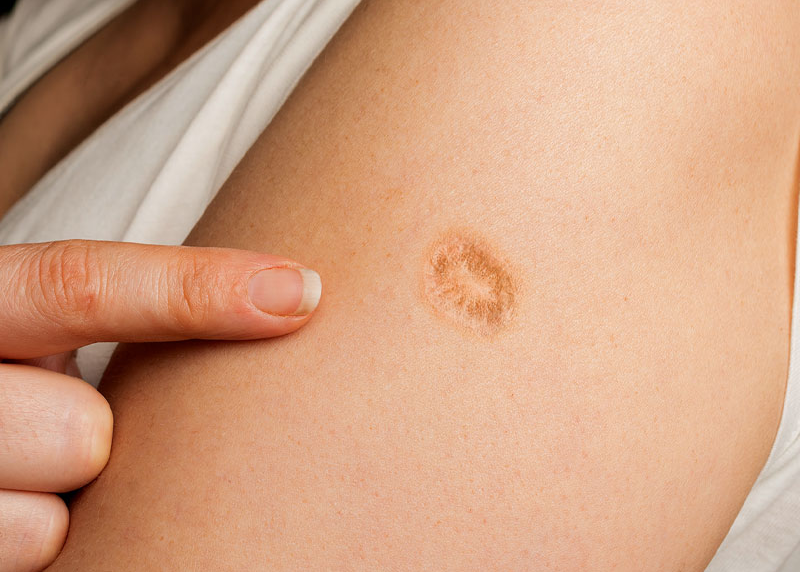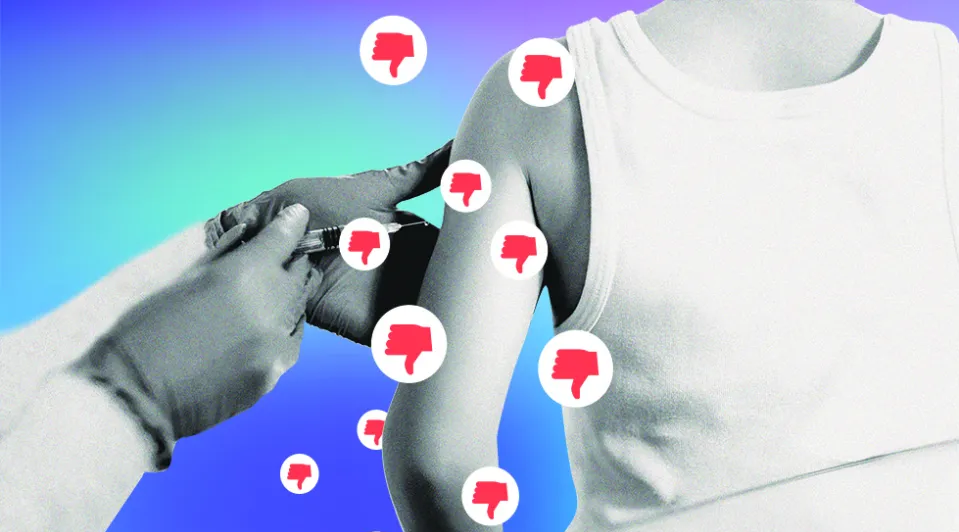The term “microplastics” is one that most people likely rarely heard 20 years ago. Now it’s one that is commonly seen in news headlines as researchers recognize the many ways these tiny plastics have infiltrated our ecosystem and our bloodstreams.
Microplastics are tiny pieces of plastic that are byproducts of synthetic polymers. The plastics have long been found throughout earth’s ecosystem, and in 2022, researchers found these particles in human bloodstreams for the first time. They were present in almost 80 percent of people tested.1 In addition to the bloodstream, microplastics have been found in human breastmilk, lungs, and placenta.2
In addition to the human body, microplastics have been found in fruits and vegetables, meat, animals, and earth’s surfaces from the summits of Mount Everest to the deepest ocean waters.2 Approximately 65 million microplastic particles are released into the water every day after being treated by sewage treating plants.3
One Liter of Bottled Water Contains 240,000 Microplastic Particles
We are exposed to microplastics by oral intake, inhalation, and skin contact. Examples of exposure via oral intake include consuming single use bottled water, unfiltered tap water, many toothpastes, and food. Scientists have found that the average liter of bottled water contains 240,000 microplastics.4 According to a study published in Environmental Health, the largest source of inhalation of microplastics in the atmosphere comes from the microplastics used in road construction. Furniture and finishings in homes are also a source of microplastic inhalation, as well as the wearing and washing of synthetic fibers such as polyester, which contribute to airborne and water particles.
Lotions, Makeup, and Other Body Products Contain Plastics
In addition to being stored in plastic bottles, many beauty or body products such as makeup and lotions contain microplastic particles used in various ingredients as part of their formulations. Consumers can look for microplastics in their skin, beauty, or body products, which are often listed as “polyethylene, polypropylene, polyethylene terephthalate, polymethyl methacrylate, polylactic acid or nylon.”5 This list is not exhaustive and microplastics are often in ingredients many would not recognize as containing microplastics.
Pharmaceutical Products a Source of Microplastic Exposure
Pharmaceutical products, including medications, are another concerning source of microplastics. The main ingredient of the laxative product MiraLAX is polyethylene glycol. Polyethylene is a plastic derived from petroleum.
In addition to various medications derived from plastics known as polymers, both prescription and over-the-counter drugs may be covered in phthalate-containing plastic. Researchers exploring plastic exposure in health settings wrote:
Globally, millions of tons of plastics are being produced and used in the pharmaceutical and healthcare industries... there are no definite answers as to what extent their releases are, what the effects of the interaction of drug with MNPs/additives are, what the effects of administration are, which polymer types are more toxic to humans or which organs are most vulnerable.6
Microplastics Linked to Oxidative Stress, Brain and Reproductive System Toxicity
For many, the question now is “how bad are microplastics for human health?” There are several mechanisms within the body by which microplastics could be harming us, including chemical disruption or by collecting in our bodies in high enough quantities that they would physically block circulatory, respiratory, or digestive systems.3
Although studies on the toxicological repercussions of microplastics are increasing rapidly, it is still a fairly recent concern with a lot of unknowns. Research shows that microplastic exposure induces oxidative stress, metabolic disorder, immune response, neurotoxicity, and toxicity to the reproductive system.3
Microplastics Found in Spleen, Liver and Colon
It is generally believed that microplastics can be excreted through the gastrointestinal and biliary tract. However, the detection of microplastics in human blood demonstrates that it may not be that simple. The existence of microplastics were found in 15 human biological components including the spleen, liver, colon, lung, feces, and breastmilk. The highest content organs were the colon and liver.3
Babies Exposed to Plastics Through Placenta
“Babies are being born pre-polluted,” said scientist Elizabeth Salter Green speaking of the microplastics found in the placenta.2 Babies who are fed formula milk in plastic bottles are swallowing millions of microplastic particles per day and the concentration of microplastics in infant feces was found to be ten times higher than that of adults.
According to the widely accepted Developmental Originals of Health and Disease (DOHaD) theory, “adults experiencing adverse factors in the early stages of development will increase the probability of obesity, diabetes, cardiovascular disease, and other chronic diseases in adulthood,”3 which makes microplastics exposure in such early stages of life of particular concern to researchers.
Microplastics Cross the Blood Brain Barrier, Induce Dementia-like Behavior in Mice
Another area of interest and concern to researchers is the ability of microplastics to cross the blood brain barrier—a blood vessel and tissue-rich area that is designed to be very difficult to permeate in order to protect the brain. One study performed in mice found that in just three weeks exposure to microplastics through drinking water, the particles began to accumulate in every organ and the mice exhibited behaviors akin to dementia in humans.
“To us, this was striking. These were not high doses of microplastics, but in only a short period of time, we saw these changes,” researcher Jaime Ross said.
Ross stated that while the lab expected to see inflammation in response to the exposure, they also found a decrease in a protein that supports many cell processes in the brain. This protein known as glial fibrillary acidic protein (GFAP) has been associated with early stages of some neurodegenerative diseases and depression.7
If you would like to receive an e-mail notice of the most recent articles published in The Vaccine Reaction each week, click here.
Click here to view References:2 Carrington D. Microplastics revealed in the placentas of unborn babies. The Guardian Dec. 22, 2020.
3 Yue L et al., Potential health impacts of microplastics: a review of environmental distribution, human exposure, and toxic effects. Environmental Health Aug. 10, 2023.
4 Borenstein S. Scientists find about a quarter million invisible microplastic particles in a liter of bottled water. The Guardian Jan. 8, 2024.
5 Drahl C. What you need to know about microbeads, the banned bath product ingredients. Forbes Jan. 9, 2016.
6 Gopinath PM et al. Plastic particles in medicine: a systematic review of exposure and effects to human health. Science Direct Sep. 2022.
7 George & Ryan Institute for Neuroscience. A new study investigates the impact of microplastics in the brain. Aug. 4, 2023.
Don’t understand this.













